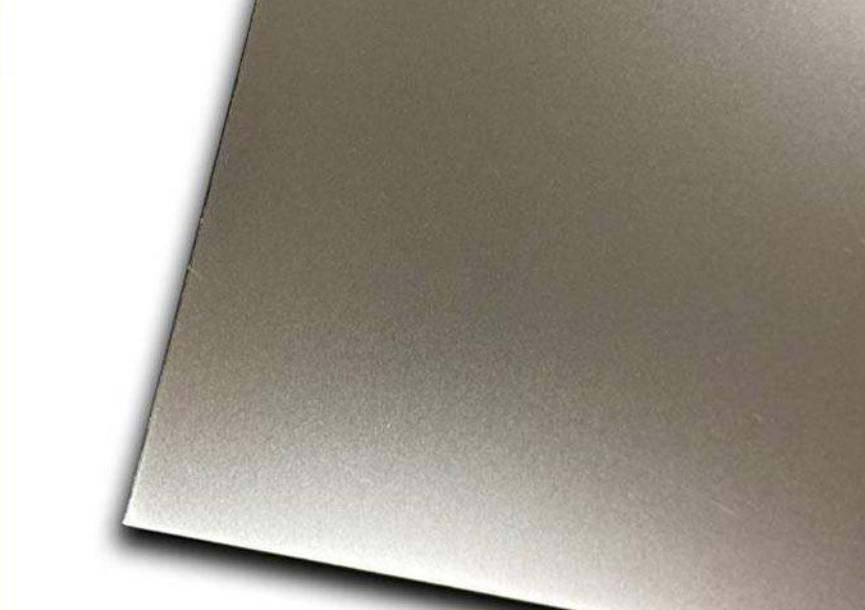201 stainless steel is a stainless steel alloy with an austenite–ferrite mixed structure. Its main components are chromium (Cr) and nickel (Ni), as well as a small amount of nitrogen (N), manganese (Mn), silicon (Si) and Carbon (C). In today’s article, we will introduce in detail the advantages and disadvantages of 201 stainless steel.

Advantages and Disadvantages of 201 Stainless Steel:
Advantages:
- Good corrosion resistance: 201 stainless steel contains a moderate amount of chromium, which gives it good corrosion resistance. Under normal atmospheric conditions, the surface can remain smooth and beautiful.
- Excellent processing performance: 201 stainless steel has excellent processing performance, and can be bent, formed, and deep-drawn through cold processing methods. The oxide film formed during processing can improve wear resistance and extend mold life.
- Moderate strength: Compared to 304 stainless steel, 201 stainless steel has a lower nickel content, resulting in moderate strength. Under some general load conditions, it can meet certain usage requirements.
- Low cost: Due to its simpler chemical composition, 201 stainless steel has a lower cost compared to some high-nickel stainless steels such as 304 stainless steel, making it an option for projects with limited budgets.
Disadvantages:
- Limited corrosion resistance: Compared to some high-nickel stainless steels, 201 stainless steel has certain limitations in corrosion resistance. In special high-corrosive media and high-temperature environments, its corrosion resistance may not be as good as other stainless steel materials.
- Lower strength: Due to the low nickel content, the strength of 201 stainless steel is relatively low. In some application scenarios that require high strength and rigidity, other high-strength stainless steels may need to be considered.
- Magnetic: 201 stainless steel is usually non-magnetic, but it may exhibit weak magnetic properties during processing or when affected by external factors. Careful consideration is required for applications with strict magnetic requirements.
- Limited application range: Due to the characteristics and limitations of 201 stainless steel, it is not suitable for all application scenarios. When selecting materials, it is necessary to fully consider the specific usage conditions and requirements to ensure that it meets the intended usage goals.
Conclusion
201 stainless steel is a new type of stainless steel alloy material with good corrosion resistance, excellent processing performance, and moderate strength, while also having a relatively low cost. However, its corrosion resistance is relatively low, its strength is not as good as some high-nickel stainless steels, and it has some magnetic properties. When choosing to use 201 stainless steel, it is necessary to consider its advantages and limitations comprehensively to ensure its suitability for specific application scenarios. With the advancement of technology, the research and application of 201 stainless steel will continue to improve, bringing more innovation and possibilities to all walks of life.
Thank you for reading our article and we hope it can help you to have a better understanding of the advantages and disadvantages of 201 stainless steel. If you want to find more information about stainless steel, we would advise you to visit Sino Stainless Steel.
As a leading supplier of stainless steel products across the world, Sino Stainless Steel provides customers with high-quality stainless steel strips, stainless steel coils, stainless steel plates, stainless steel sheets, stainless steel bars, and stainless steel tubes at a very competitive price.
 :+86-13012867759
:+86-13012867759  :export86@sino-stainless-steel.com
:export86@sino-stainless-steel.com